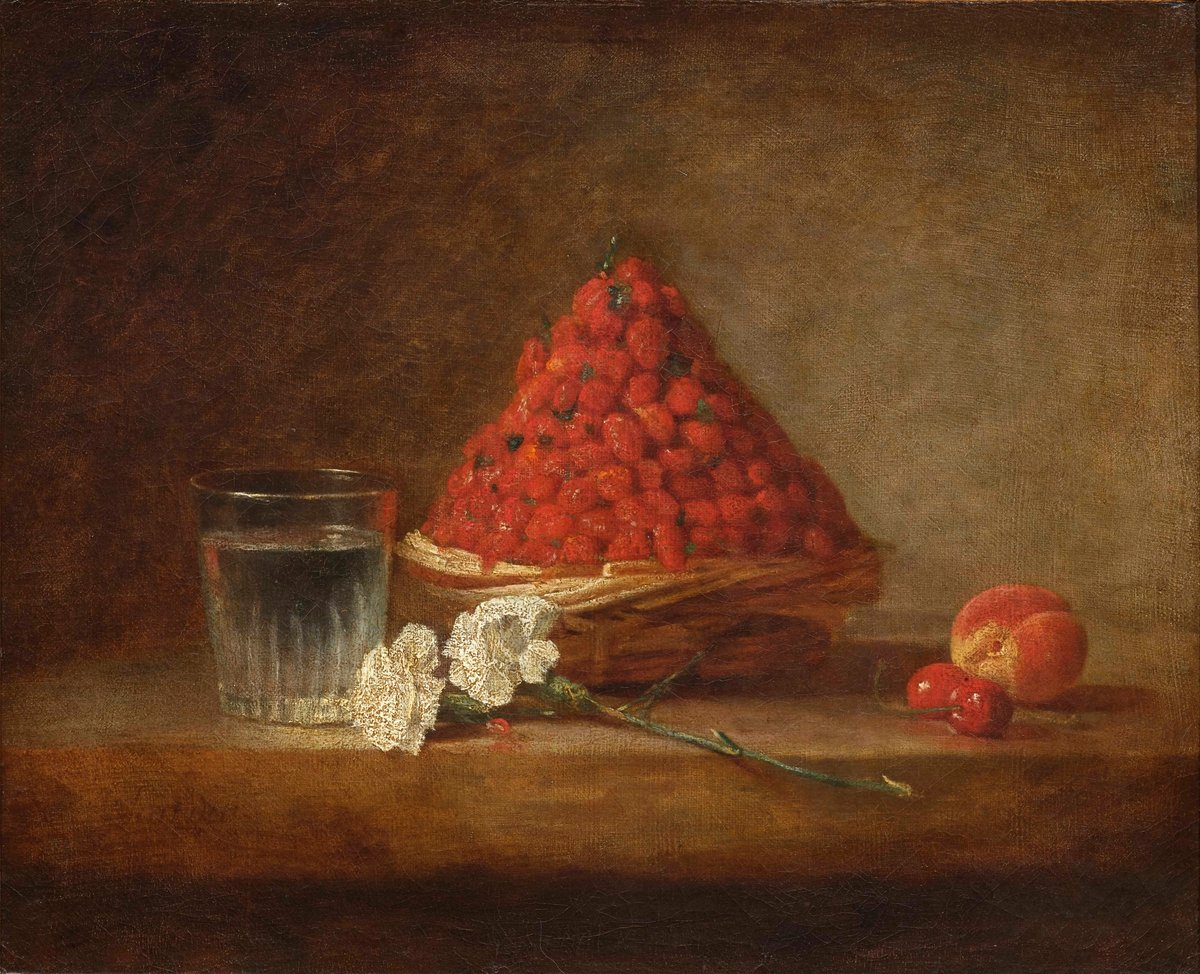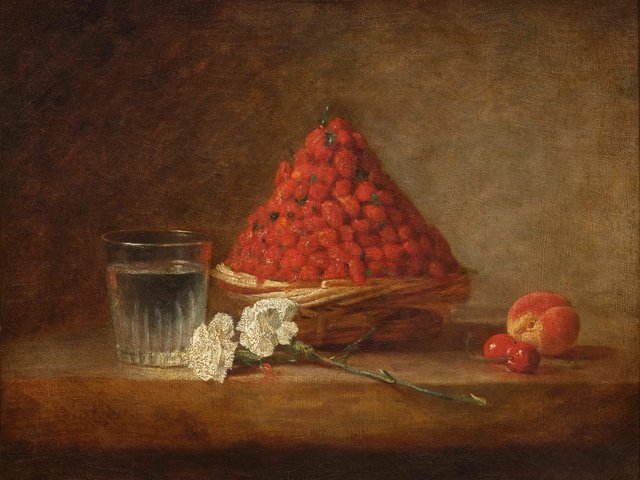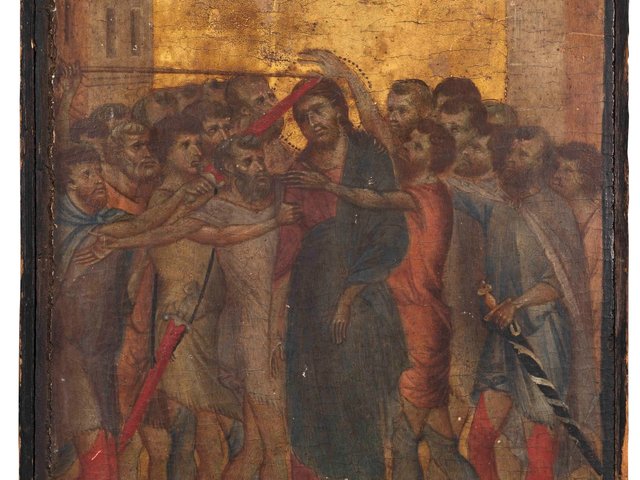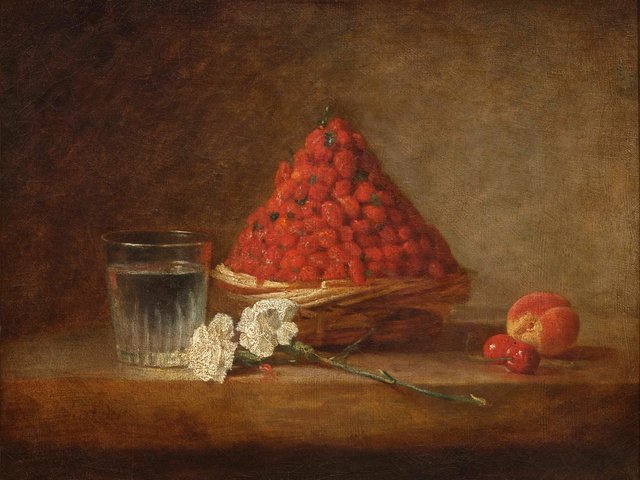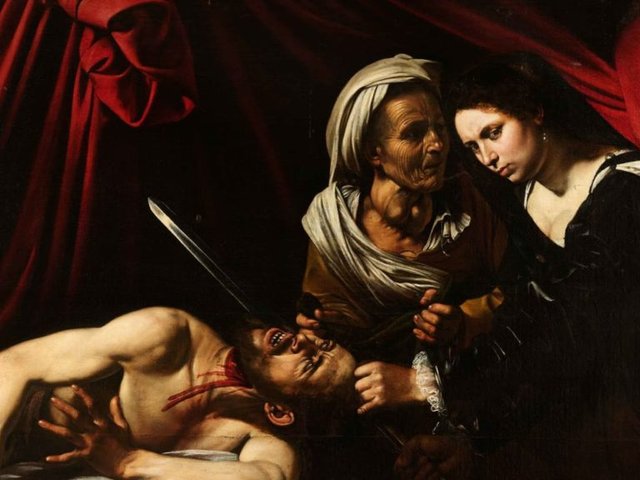The sale of a still-life by Jean Siméon Chardin to a New York dealer for a record €24.3m has been put on hold because the Louvre now wants to buy it.
The Louvre’s director, Laurence des Cars, told Le Figaro that she has requested Basket of Wild Strawberries should be classed as “a national treasure”, and is seeking sponsorship to buy it. Under French law, which is much stricter than UK law on such matters, this means the work can be held for two-and-a-half-years.
The painting was sold at the Paris auction house Artcurial last week to the dealer Adam Williams who was bidding in the room.
Artcurial says it asked for an export certificate only ten days prior to the sale, too soon before the auction to have one granted. Though not communicated before the sale, the auction house says everyone should know that masterpieces can be subject to such a procedure in France and the information is mentioned in its conditions of sale.
Williams did not respond to The Art Newspaper’s request for comment, but a statement from the auction house says that he and his client “have no problem waiting for the outcome, because they are aware of the importance of the work”.
An advisory commission is due to meet in mid-April. It almost never rejects a request from the Louvre. But some experts and curators have privately expressedconcerns over the purchase of such an expensive work when the museum’s budget has collapsed, especially considering it already has 41 Chardins in its collection.
The Louvre is also on the verge of buying a rediscovered panel by Cimabue, The Mocking of Christ. In 2019 it was sold to Alvaro Saieh, the Chilean billionaire owner of the New York based Alana collection, at Actéon auctions for €19.5m—a world record for a pre-1500 painting—before being classed a national treasure, as with the Chardin. At the same time, the Musée d'Orsay is planning to buy a landscape by Gustave Caillebotte for €42m.
Chardin’s strawberries set an auction record for an 18th century French painting and the Louvre has no cash to pay for it. The museum allocates 20% of its ticketing to acquisitions, normally raising between €5m to €8m a year. But its attendance has dropped by 70% over the past two years and, with the rise of young European visitors, about half go in free.


